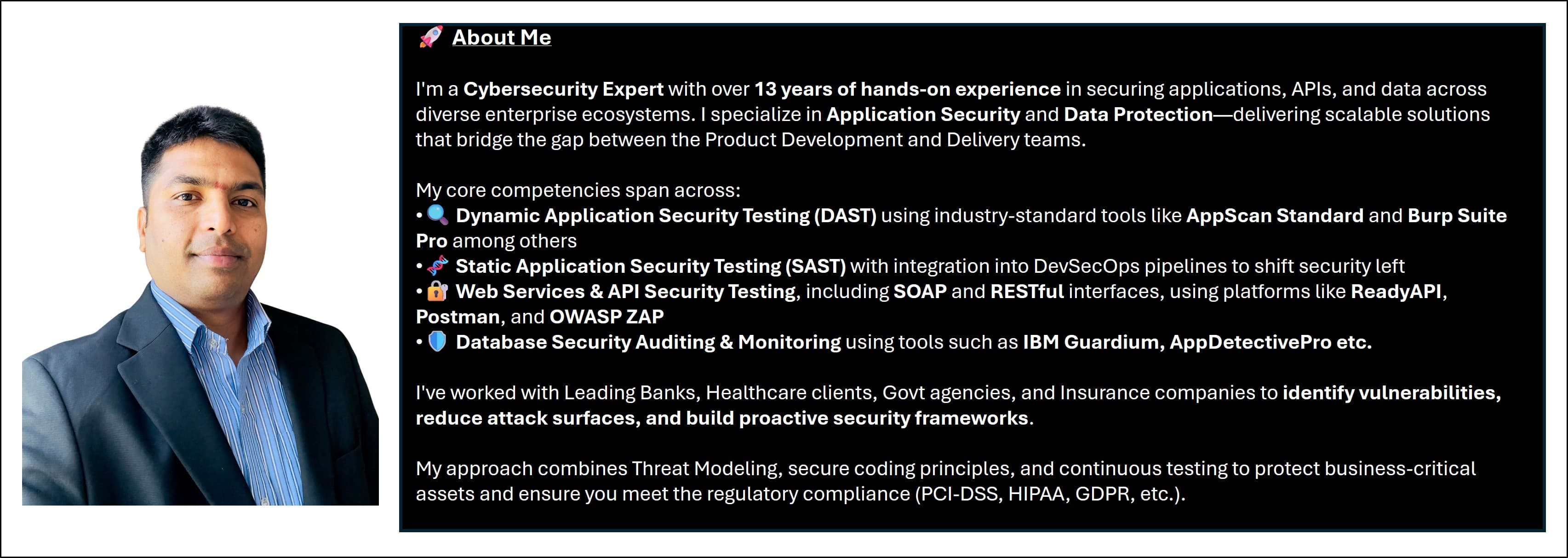Insider Threats



Insider threats remain one of the most challenging risks to organizational security. According to the National Institute of Standards and Technology (NIST), insider threats are defined as "threats that come from people within the organization, such as employees, contractors, or business partners who have inside information concerning the organization's security practices, data, and computer systems." What makes these threats particularly dangerous is the trust and access insiders inherently possess.
The FBI has reported a growing number of insider-related cyber incidents, particularly in sectors like defense, healthcare, and finance. In many cases, these actions aren't always malicious. NIST points out that over 60% of insider threats stem from negligence—like an employee mishandling sensitive data or clicking on phishing emails—rather than intentional sabotage.
However, the malicious insider remains a critical concern. These individuals may act out of financial gain, coercion, or even ideological reasons. A 2022 Ponemon Institute study revealed the average cost of an insider threat incident rose to $15.38 million, up from previous years.
Here's an overview of the key statistics from 2024. 83% of organizations reported experiencing at least one insider attack in 2024.Organizations facing 11–20 insider attacks annually increased from 4% in 2023 to 21% in 2024.Only 39% of organizations have a formal insider threat program, though 46% plan to implement one.Despite the growing costs, 88% of organizations allocate less than 10% of their IT security budget to insider risk management
Mitigating this risk involves layered defense strategies, including continuous monitoring, behavioral analytics, and fostering a culture of security awareness. Organizations must remember: trust, but verify. Sometimes, the greatest threat isn’t outside the firewall—it’s already logged in